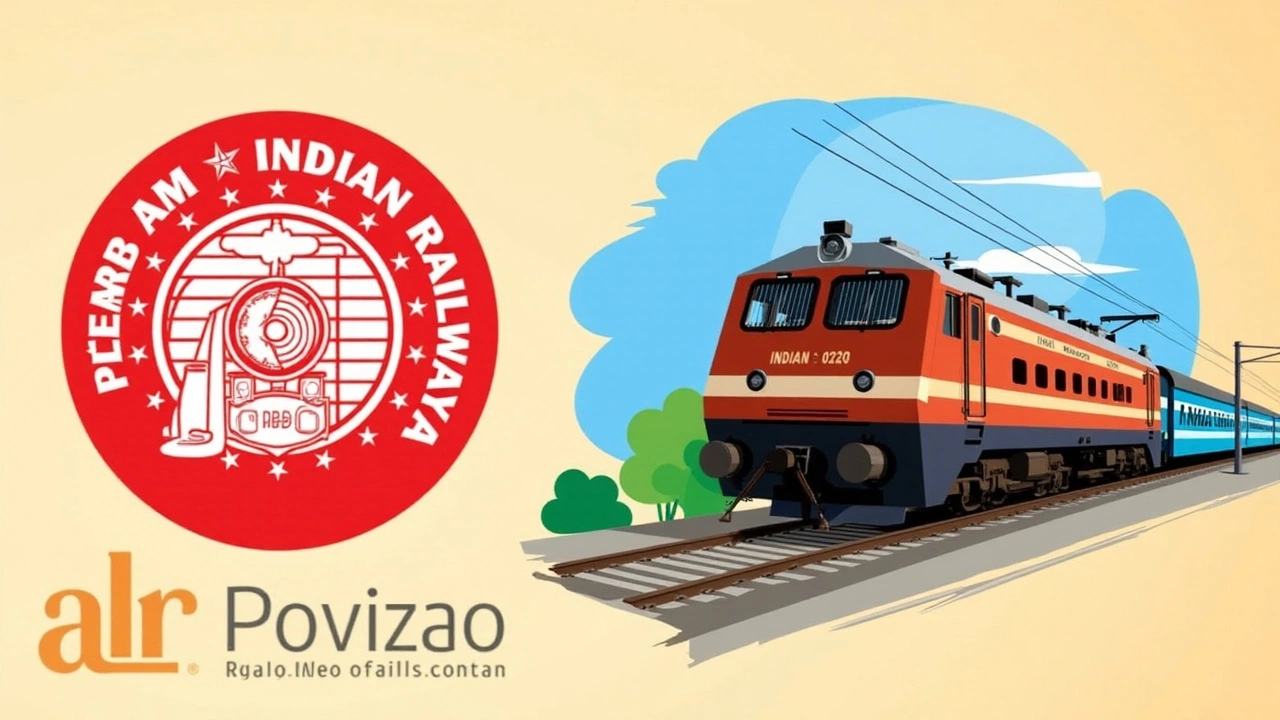Loco Pilot – Everything You Need to Know
When talking about Loco Pilot, a professional who operates locomotives on railways, ensuring safe and timely train movement. Also known as train driver, a loco pilot plays a crucial part in keeping passengers and freight on schedule.
The heart of the job lies in handling the Locomotive, the powerful engine that pulls or pushes train cars along the tracks. Whether it’s an electric, diesel or hybrid unit, the pilot must understand its technical quirks, braking systems, and power controls. Daily tasks include checking signals, monitoring speed limits, and communicating with control rooms. A solid grasp of Railway Safety, the set of procedures and technologies designed to prevent accidents and protect lives is non‑negotiable; pilots follow strict protocols for emergency braking, obstacle detection, and crew coordination.
Key Responsibilities and Career Path
A loco pilot’s routine isn’t just about pulling levers. They plan routes, calculate fuel consumption, and adjust for weather conditions that could affect track adhesion. Training is intensive: candidates attend a certified loco pilot course, clear medical examinations, and pass practical exams on simulators before receiving a license from Indian Railways, the national railway system that operates one of the world’s largest rail networks. Career growth can lead to senior positions like Senior Loco Pilot, Instructor, or Operations Manager, each demanding deeper knowledge of signal systems, timetable optimization, and crew leadership.
Technology is reshaping the role. Advanced locomotives now feature GPS tracking, automated braking, and real‑time diagnostics. Pilots work alongside control centers that use centralized traffic control (CTC) to manage train spacing and avoid collisions. Understanding these digital tools is becoming as important as mastering the manual controls of older engines.
While the core duties focus on train movement, loco pilots also intersect with major public events. Think of the massive crowds traveling to IPL matches, Bollywood premieres, or regional festivals—efficient rail service hinges on skilled pilots to run extra services, adjust timings, and ensure safety amidst higher passenger loads. For example, during high‑profile cricket fixtures, additional trains are scheduled, and pilots coordinate closely with event organizers to guarantee smooth arrivals and departures.
The news landscape reflects this connection. Stories about cricket stars, film releases, or new flight routes often mention the behind‑the‑scenes work of railway staff, highlighting how loco pilots keep the country moving while fans and celebrities travel across states. This blend of sport, entertainment, and rail logistics showcases the pilot’s broader impact beyond the track.
Below you’ll find a curated list of recent articles that dive into these themes—whether it’s a thrilling IPL comeback, a viral Bollywood moment, or a new flight route boosting regional connectivity. Each piece offers a glimpse of how loco pilots and the rail system play a silent yet vital role in the events that shape daily life.
